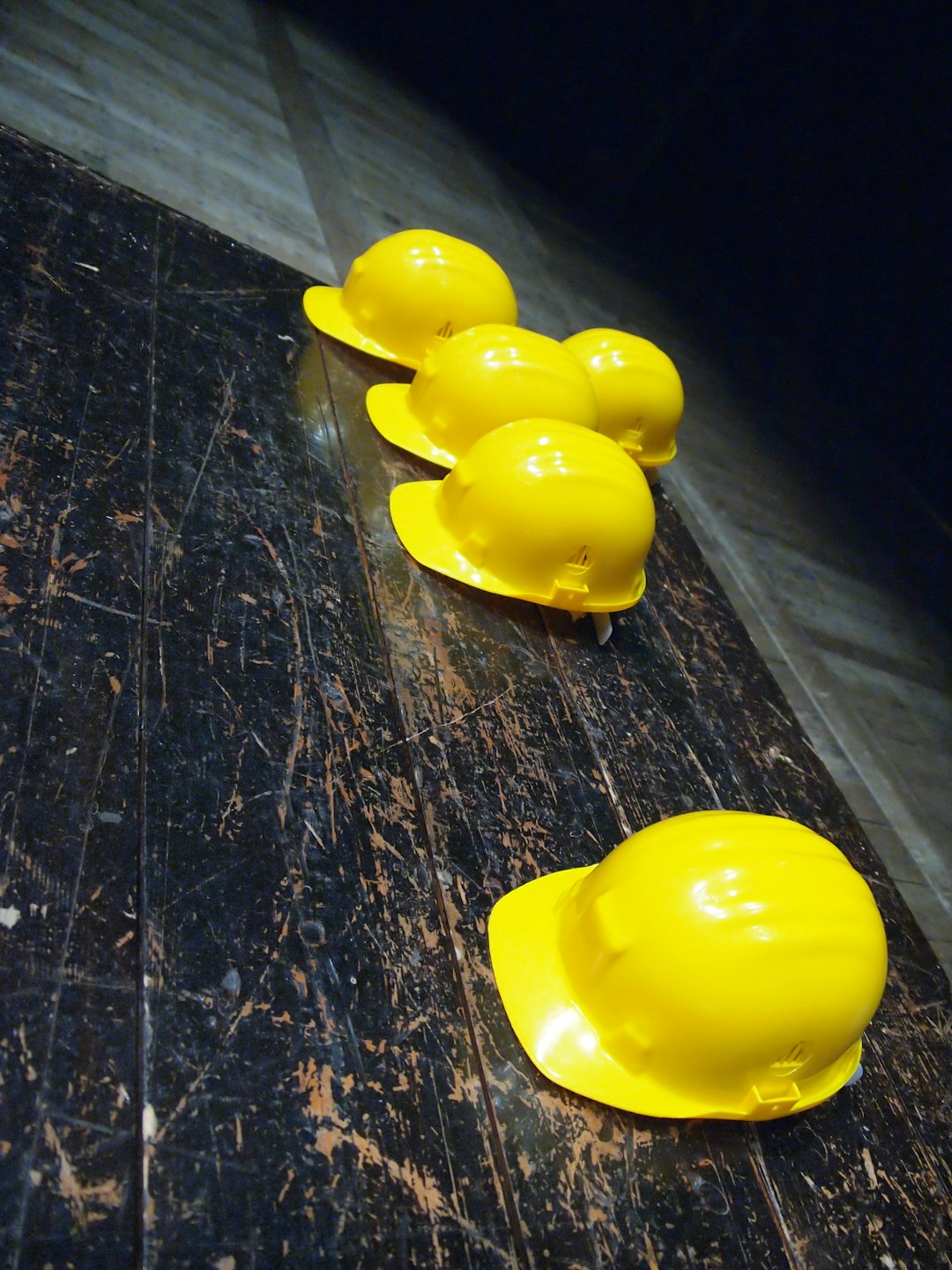Honkai: Star Rail, the popular turn-based RPG developed by HoYoverse, has captivated players worldwide with its expansive universe and well-crafted worlds. The game features a series of unique planets, each inspired by different real-world cultures and aesthetics. While Honkai: Star Rail is not based solely on one particular country, specific in-game locations clearly reflect various cultural influences, some more prominent than others.
At the core of the game’s world-building lies a deep homage to global cultures, seen through its storytelling, architecture, character design, and philosophical underpinnings. One of the most discussed questions among fans is: What country is Honkai: Star Rail based on? The answer is layered, as the game draws from a variety of cultural inspirations for different parts of its universe. However, it is safe to say the game draws heavily from Chinese culture, particularly through the Xianzhou Luofu location, while incorporating elements from other countries as well.
The Xianzhou Luofu – A Clear Nod to Chinese Heritage
The location that most blatantly showcases Chinese influence in Honkai: Star Rail is the Xianzhou Luofu, one of the central areas introduced in the game. The Luofu is one of the Xianzhou Alliance ships and operates with a strong Eastern philosophical and aesthetic design. Its name, setting, and visual elements are largely derived from ancient Chinese mythology and Taoist philosophy.
From calligraphy-styled signs and lanterns lining its streets to traditional garments worn by its inhabitants, the entire region is steeped in a stylized form of classical Chinese culture. Characters such as Jing Yuan and Fu Xuan wear attire that mirrors traditional Chinese robes and are often engaged in lore that revolves around Wuxia-like storytelling.

Other Cultural Influences in the Game
Honkai: Star Rail doesn’t stop at Chinese influence. Other locations in the game such as Jarilo-VI and The Herta Space Station show a blend of Western and futuristic sci-fi motifs. Jarilo-VI, with its snowy landscapes and resilient inhabitants, is believed to draw elements from Russian and Eastern European cultures. The names, architecture, and even musical elements echo this hypothesis.
Meanwhile, the Herta Space Station features a more neutral but high-tech design, reflecting a modern or possibly American-inspired approach to advanced research facilities. These artistic decisions show that Honkai: Star Rail aims to create a galaxy that feels diverse and globally inspired.

Why the Cultural Fusion Matters
The combination of various cultural elements does more than just provide aesthetic variety — it helps strengthen the unique identity of each area in the game. By borrowing from and celebrating global traditions, HoYoverse successfully transports players into a universe that feels both alien and eerily familiar.
This multicultural approach also makes the game more accessible to an international audience. Players may find themselves drawn to locations that reflect parts of their own cultural heritage, which in turn deepens immersion and emotional connection to the narrative.
Conclusion
Honkai: Star Rail is not based on a single country but is instead a blend of various global cultures, with a notable emphasis on Chinese mythology and aesthetics. The most prominent example is the Xianzhou Luofu, which embodies traditional Chinese ideals wrapped in a high-tech shell. Other locations such as Jarilo-VI and the Herta Space Station bring in elements from different regions of the world, creating a diverse and engaging experience for players.
FAQ
-
Q: Is Honkai: Star Rail based on China?
A: While not entirely based on China, Honkai: Star Rail features strong Chinese cultural elements, especially in areas like the Xianzhou Luofu. -
Q: What culture is the Xianzhou Luofu based on?
A: The Xianzhou Luofu draws heavily from Chinese mythology and Taoist beliefs, with Wuxia-style lore and traditional aesthetics. -
Q: Is Jarilo-VI based on Russia?
A: While not officially stated, Jarilo-VI includes design elements reminiscent of Russian and Eastern European cultures. -
Q: Do other planets in the game reflect real-world cultures?
A: Yes, each major location in the game is inspired by different cultural and architectural styles from around the world. -
Q: Is HoYoverse a Chinese company?
A: Yes, HoYoverse (formerly miHoYo) is a game development company based in China.
